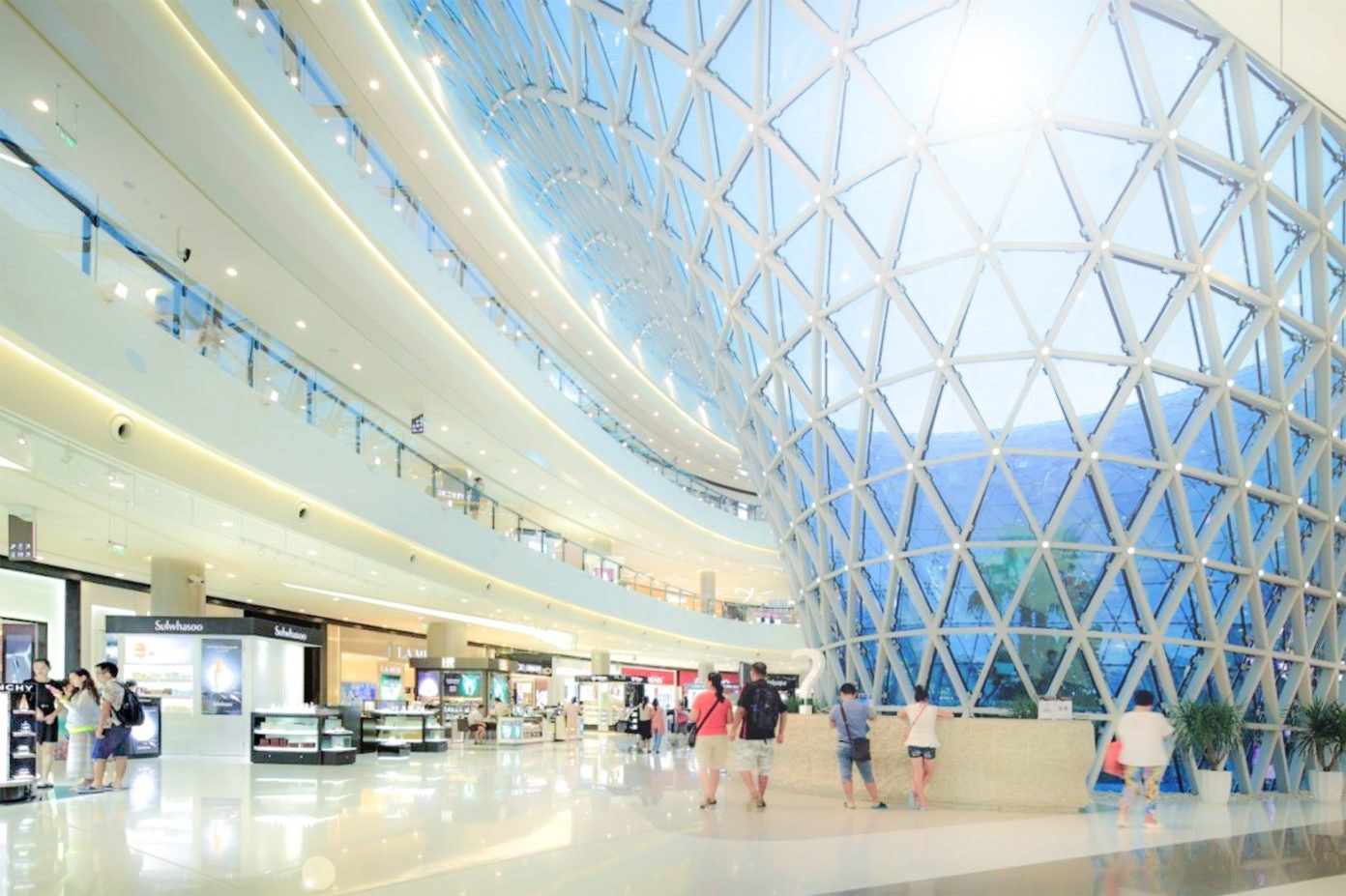This article originally appears on our sister site Jing Travel.
This year marks the 70th anniversary of duty-free and travel retail. While Ireland is the birthplace of duty-free retail, it has now become a very Asian affair. The rise of Asian travelers and Asia-based travel retail, as the latest issue of The Moodie Davitt Report points out, has become more pronounced than ever.
Despite being a latecomer to the business of tourism and duty-free retail, the speed of Chinese economic development has made it a powerful challenger to European and North American powerhouses. According to the latest Wechat travel report on this year's Golden Week, 52 percent of Chinese travelers’ overseas purchases were made at duty-free stores.
Meanwhile, the younger generation continues to play a significant role in luxury consumption, duty-free and travel retailers are facing the challenge of catering to the needs of this group and adjusting to their changing consumer behaviors and shopping preferences. China Duty Free Group (CDFG), one of China’s biggest duty-free retailers, provides a telling example of how the duty-free industry interacts with younger, Chinese travelers. We have identified two trends that brands and retailers should take note of.
Set up Online Venues to Make Shopping Easy and Efficient#
The importance of e-commerce to today’s digitally savvy youth is very apparent. More and more international luxury brands and retailers have recognized the necessity of using online retail to reach out to Chinese consumers, who have consistently demonstrated a strong demand for cross-border e-commerce—especially when it comes to luxury purchases.
CDFG, for example, vows to embrace e-commerce to appeal to the younger generation of consumers. It has launched CDF, its own online shopping platform, which allows travelers to reserve their desired products and pick them up at the airports or train stations on the southern island of Hainan, China’s new duty-free paradise.
In contrast to the stereotype that state-owned enterprises are rigid and slow to adopt digital technologies, CDFG’s CDF site has a surprisingly easy-to-navigate and appealing user interface as well as clear guidelines on how to shop for offshore duty-free products.
While the choice of products might not be as diverse or plentiful as that on traditional e-commerce giants such as JD.com and Tmall, CDF covers major international luxury brands including Bulgari, Burberry, Hermes, Versace, Gucci, Dior, and many more. Online shoppers can browse by brands or by product types such as skincare, fragrance, watches, suitcases, and accessories. The platform also takes part in China’s Singles’ Day shopping festival and runs discounts for the holiday. Finally, CDF has its own official mobile app that allows travelers to shop on the go.
Other travel retailers have also gone to considerable lengths to appeal to today’s sophisticated and digital native consumers. South Korea’s LOTTE Duty FreeEx and Germany’s Munich Airport Shop allow travelers to pre-order duty-free luxury goods 24 hours to a month before their trip and simply pick them up at the airport of their choosing.
According to Digital Journal, Shop Changi, which covers retailers at Singapore's Changi Airport, and boutique.heathrow.com, maintained by London’s Heathrow Airport, are both good examples of travel retailers embracing the e-commerce world.
However, there are still quite a few travel retailers who are slow to adopt these digital technologies. As Digital Journal’s report points out, a lot of these retailers have not put the prices of their products online and others do not provide any product details online. It’s probably time for every retailer to catch up and adopt digital technologies.
Expand Offline Presence Beyond Airports and Cruise Ships#
Although wealthy Chinese consumers have become more sophisticated, many of them remain cautious about online shopping, especially in regards to platforms not run by luxury brands or recognized retailers themselves. Shopping at the physical stores of luxury brands or airport duty-free stores give them a sense of reassurance about the quality and authenticity of their purchases.
To retain and reach out to this group of cautious consumers, travel retailers such as CDFG, as its president Charles Chen remarked, are overcoming restrictions on venues for duty-free shopping, and extending the practice beyond cruise ships and aircraft to downtown business complexes and duty-free shopping malls.
CDF Mall first opened to the public in September 2014. It was an effort made by both CDFG and the Chinese government: the former wanted to get creative and compete with other travel and cross-border retailers, the latter hoped to keep Chinese luxury spenders at home by relaxing the country’s offshore duty-free restrictions.
Seated between the Westin and InterContinental hotels in Hainan, CDF Mall has an area of over 750,000 square feet, which makes it the largest duty-free shopping center in the world. Since its inauguration, many world-famous luxury brands such as Chanel, Lancome, Guerlain, Gucci, and Prada have opened stores at the mall. On Mafengwo, one of China’s most popular travel social networks, bloggers were eager to share their experiences shopping at CDF Mall. The numbers reflect the enthusiasm of these bloggers. Statistics show that CDF Mall received 4.51 million visitors and turned a profit of over 700 million (4.7 billion yuan) in 2016, a year-on-year increase of 10.7 percent.
These moves by CDFG, along with lowering price differentials of luxury goods, have led more and more Chinese consumers to make luxury purchases at home instead of abroad. International travel retailers and luxury brands should pay attention to these trends and improve services if they wish to attract Chinese consumers on the go.



